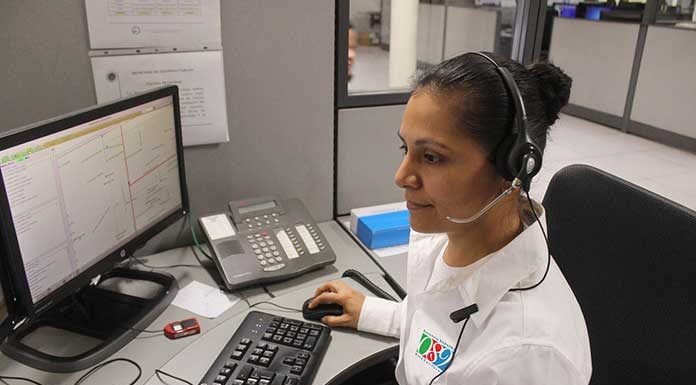As many as Twenty-five percent of customer service and support operations will integrate virtual customer assistants (VCA) or chatbot technology across engagement channels by 2020, up from less than two percent in 2017, according to research firm Gartner. Gene Alvarez, managing vice president at Gartner, said more than half of organizations have already invested in VCAs for customer service, as they realize the advantages of automated self-service, together with the ability to escalate to a human agent in complex situations.
“As more customers engage on digital channels, VCAs are being implemented for handling customer requests on websites, mobile apps, consumer messaging apps and social networks,” Alvarez said. “This is underpinned by improvements in natural-language processing, machine learning and intent-matching capabilities.”
Organizations report a reduction of up to 70 percent in call, chat and/or email inquiries after implementing a VCA, according to Gartner research. They also report increased customer satisfaction and a 33 percent saving per voice engagement. “A great VCA offers more than just information,” said Alvarez. “It should enrich the customer experience, help the customer throughout the interaction and process transactions on behalf of the customer.”
A 2017 Gartner survey found that 84 percent of organizations expected to increase investments in customer experience (CX) technology in the year ahead. By 2019, 20 percent of brands will abandon their mobile apps. Many brands are finding that mobile applications are not delivering the level of adoption and customer engagement they expected. Original return-on-investment (ROI) calculations are missing the mark due to the cost of support, maintenance, upgrades, customer care and marketing to drive downloads. Brands are now investing to build presence in consumer messaging apps, such as Facebook Messenger and WeChat, to reach customers where they spend a high percentage of their time.
By 2022, two-thirds of all customer experience projects will make use of IT, up from 50 percent in 2017. As the number of digital channels expands, self-service or digital commerce interactions are increasing, as well as the move away from human face-to-face or voice-based interactions. The proportion of projects using IT to improve the customer experience will steadily rise. Those not using technology tend to be projects related to recruiting, training, governing and managing customer-facing employees.
By 2020, 30 percent of all B2B companies will employ artificial intelligence (AI) to augment at least one of their primary sales processes. AI in sales allows for more efficiency and effectiveness in business processes, often with up to 30 percent higher conversion rates when engaging prospects or leads, according to Gartner. It is becoming an attractive alternative for sales organizations with high volumes of lead processing, opportunities and forecasting processes because it provides fast and accurate support when performing the different sales stages.
By 2020, more than 40 percent of all data analytics projects will relate to an aspect of customer experience. Data and analytics is already prominent across marketing, sales, digital commerce, customer service, social media management and field service departments. However, an understanding of the overall condition of the customer's attitude toward the enterprise is lacking for the majority. What matters is not the customer's attitude about a store, department, process or product, but the level of trust they have in the organization as a whole and their likely intent to remain loyal.
By 2020, augmented reality, virtual reality and mixed reality immersive solutions will be evaluated and adopted in 20 percent of large enterprises as part of their digital transformation strategy.
Organizations will have the ability to provide employees, customers and suppliers with a means to obtain real-time information, experience virtual environments and engage in social collaboration without a small, limited display and a limited point of view. Consumers already experience some form of immersive technology, such as Snapchat filters and 360-degree video and photos on Facebook.







